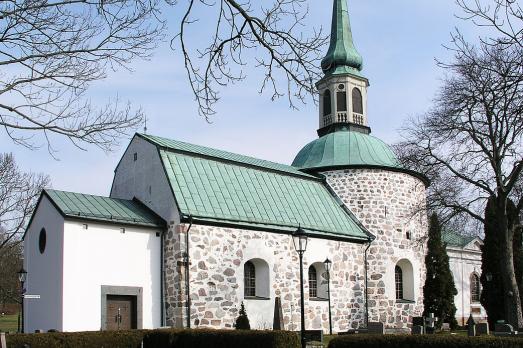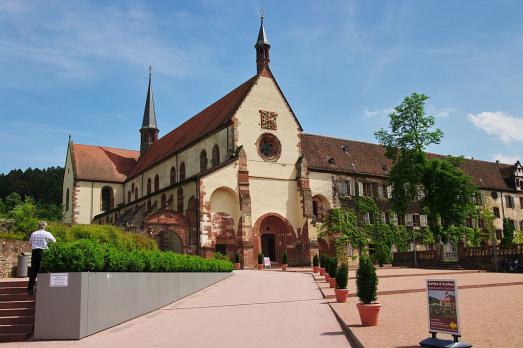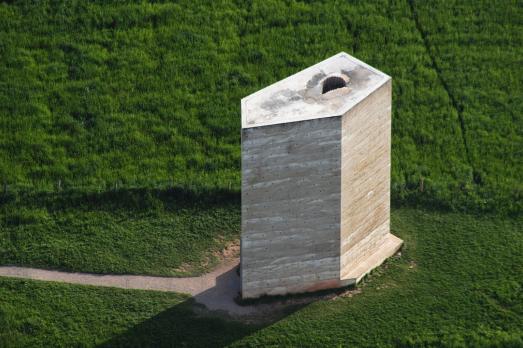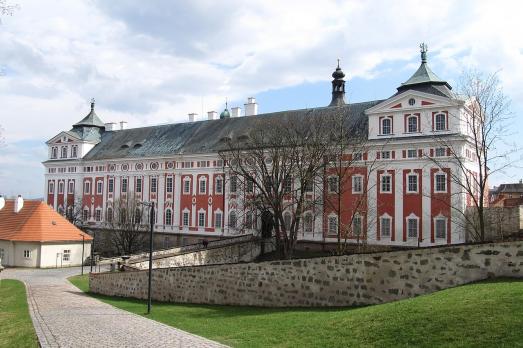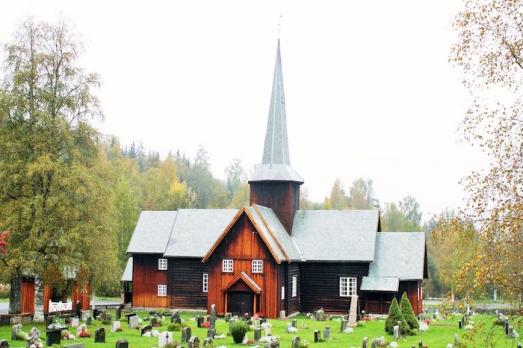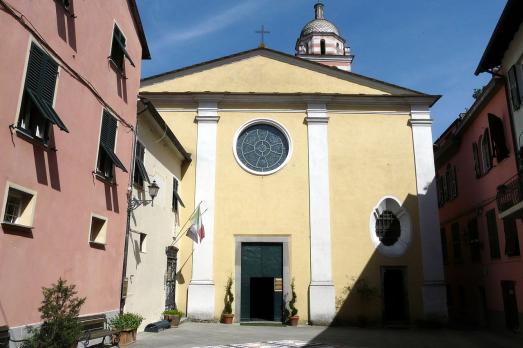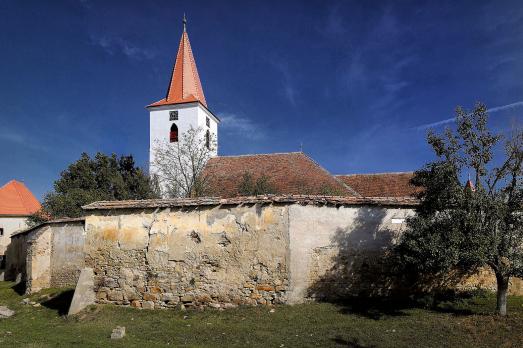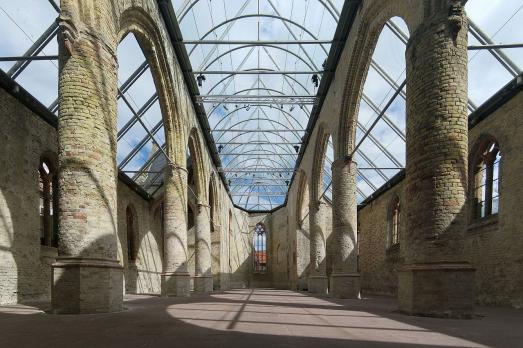
Broerekerk
Bolsward, NL
The Broerekerk was built in the 13th century as a monastery church of the Friars Minor. After iconoclasm, the church passed into Reformed hands in 1578, after which the abandoned monastery buildings were demolished. It served as a reformed church until 1970. The church with three naves without a tower is a ruin following a fire in 1980. The building was given a glass roof in 2006, designed by architect Jelle de Jong.
